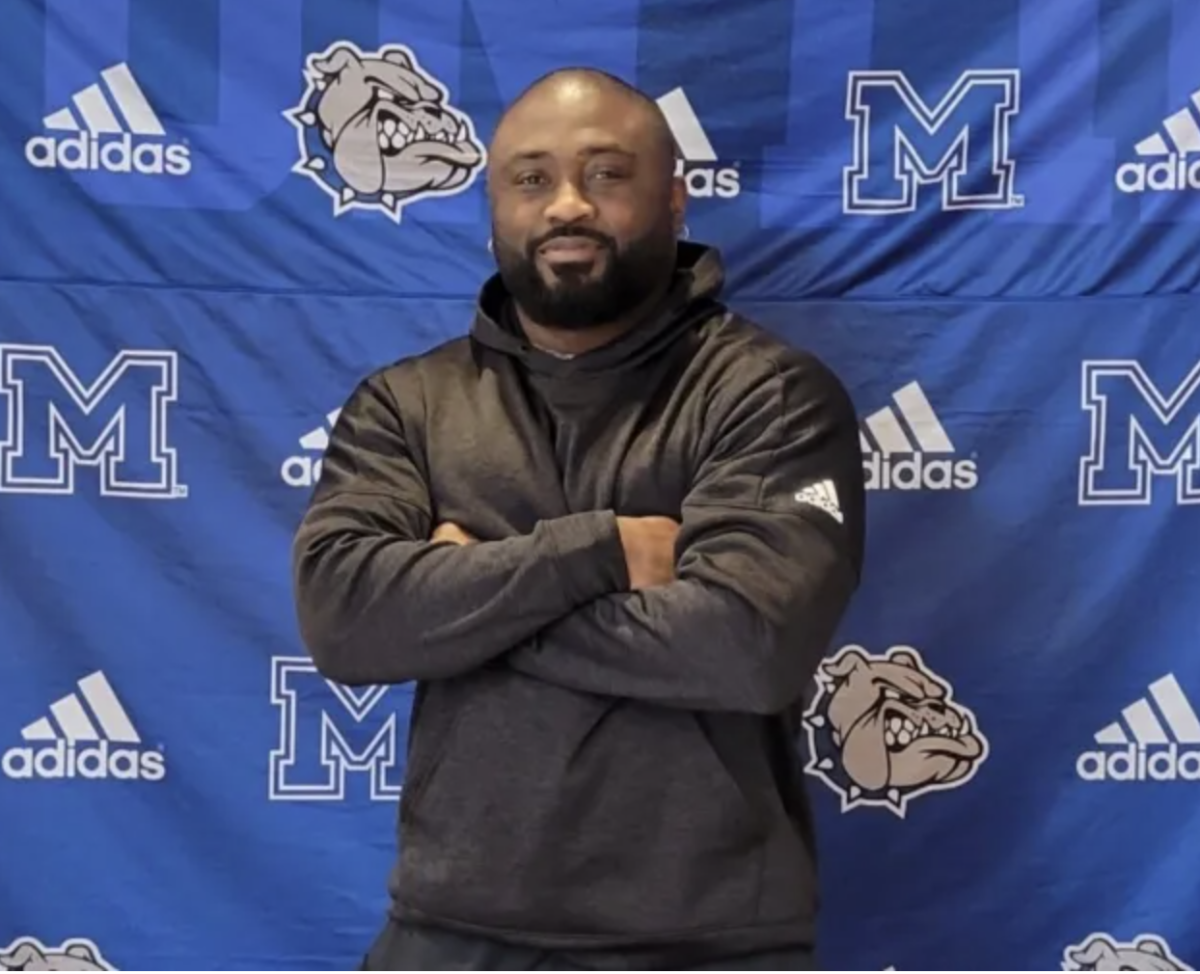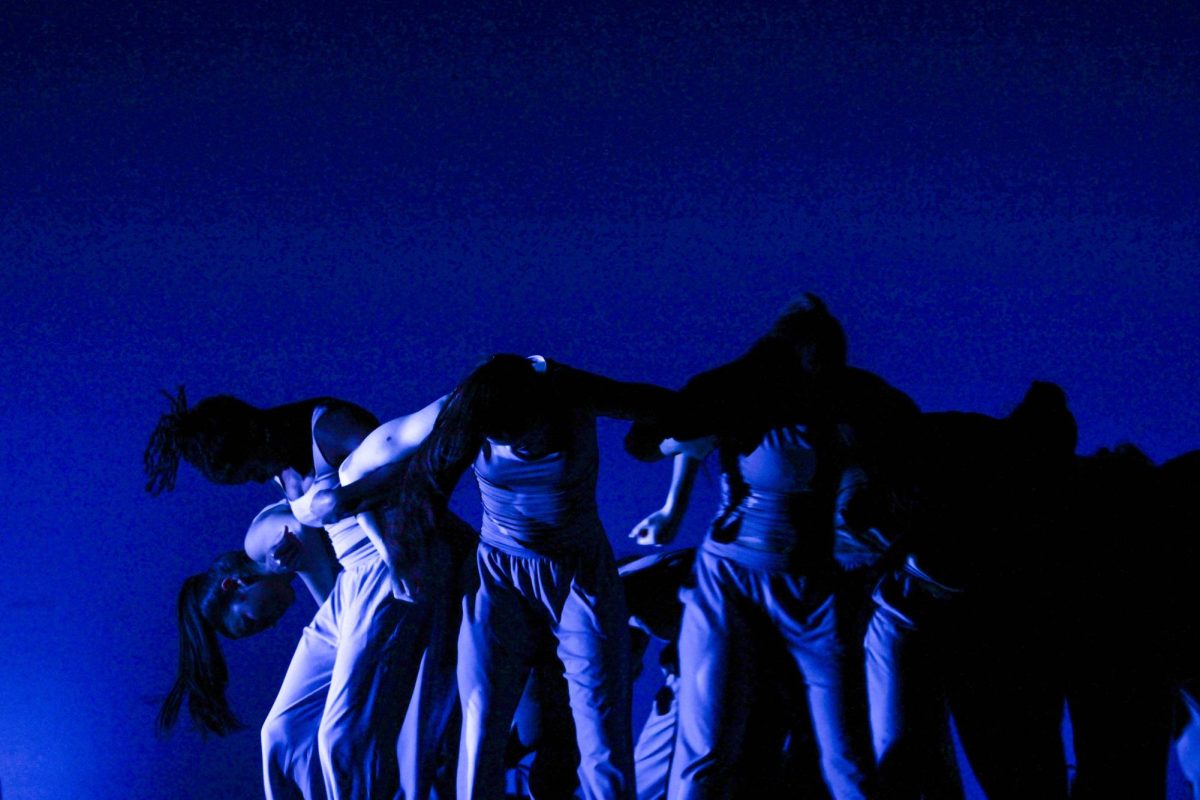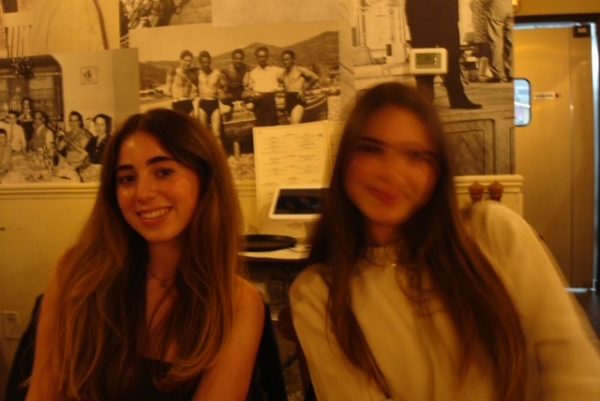Anatomy of a Fall, directed by Justine Triet, tells the haunting in-depth story of a mother’s trial as the main suspect of her husband’s alleged murder, and the effects of these events on her visually impaired son. Taking place in the French Alps, we see the traumatizing process undergone by the family, as the mother turns to an old friend for legal representation, secrets are revealed regarding their marital relationship, and a never-ending trial intensifies by the day.
Considering all of the information viewers learn throughout the film, it can be inferred that the mother will be convicted of the murder. But, after a shocking second testimony from her son, she is deemed innocent by the jury the next day. Her acquittal is the ultimate moment of revelation in the film, as it was the thing that watchers were the most unsure about, as well as the question that had us on the edges of our seats.
The intricate detail embedded in the plotline along with its overwhelming sense of realism can be credited to one thing and one thing only, the unique methods of filming used to create this feature.
Through the use of purposeful shots, incredible acting, and a captivating storyline, Anatomy of a Fall creates an emotional but twisted story, leaving viewers perplexed and with a feeling of uneasiness.
To start, the framework and overall style of filming was astounding and added tremendously to the story, as well helped me understand it better. Each different shot conveyed the intensiveness of the events taking place, with various close-ups, far shots, and others, each delivering a certain message within it. Every individual shot used to portray the story held an importance to it, and created emotion within the story, all the well carrying an element of unsettlement that made the film so unique.
The filming technique was one of which created a feeling of unsettlement, as if there was something that we didn’t know, but could sense through the way the filmmakers intended their shots to be perceived. The fact that this nervous feeling maintained itself in me during the entire film can only further attest the amount of vast thought and consideration that went into each individual shot throughout the film.
Another element that I found particularly notable was the use of music in the film. The visually impaired son was an exceptional piano player, and throughout the movie we are shown shots of just his hands playing the piano. As the next scene came on, his playing would often continue, even though we were not shown it being played. The piano, often playing loud and striking songs, added a creepiness to the scene it backed, and furthered that feeling of unsettlement that I felt with each new segment.
Something else that without it the film would have not been the same was the acting. Each character was casted to perfection. The mother, played by Sandra Hüller, performed remarkably. The emotions she displayed felt almost real, as though she was actually experiencing everything that her character was going through. Her role required a heavy range of emotion, making her performance even more commendable.
Alongside her, Milo Machado Graner, who portrayed the role of her son, performed just as greatly. Only 13 years old, Milo put on a performance undoable by most other actors his age. His acting was extremely mature, and similar to the performance of his “mother,” I could strongly feel the emotions his character was feeling.
The final component that completed the film was its storyline. Yes, it was not an entirely new concept, a murder trial where the prime suspect is the wife of a dead husband, but the execution of the concept with its ingenious details set it apart from its typical genre.
A detail that I believe added to its uniqueness was the importance of language in the movie. Throughout the film, the ability of going between languages was especially stressed. Specifically, in the courtroom, when the mother was asked only to speak French, even though she was not completely fluent in the language. The emphasis on this skill was fascinating, and factored into the distinctiveness of this story.
Lastly, the film’s end was especially captivating, as it was meant to feel like everything was resolved, but in reality, it wasn’t. Yes, the film did end with the mother’s acquittal, but that didn’t answer the primary question of the story, did she actually kill her husband? The filmmaker’s choice to leave this question open for interpretation is what individualizes the film so much. Leaving the ending open to the watcher makes us feel much closer to the film and the characters, because it lets watchers decide the ending of the story, based on their own thoughts and perceptions.
Anatomy of a Fall, was a complex yet moving story, and something I have not really seen before. Hopefully, this film will be the blueprint for all future films involving murder trials, for it was the perfect depiction of what one should be.














